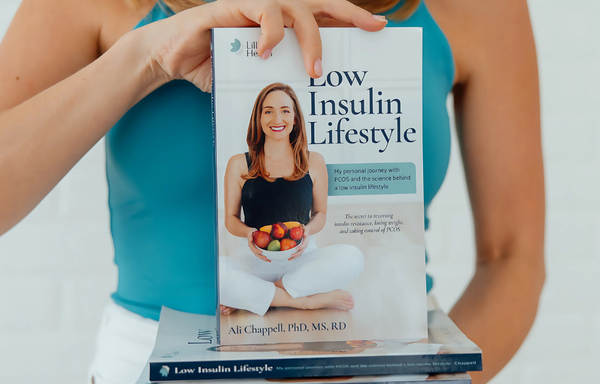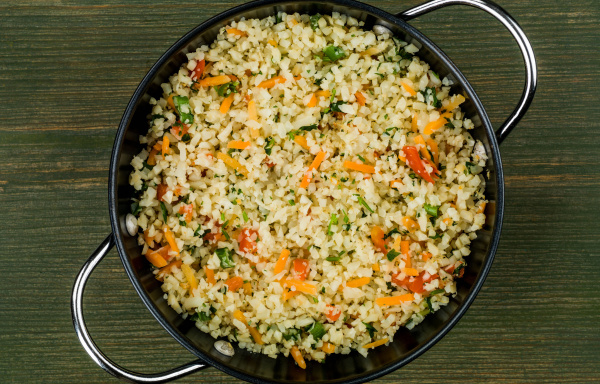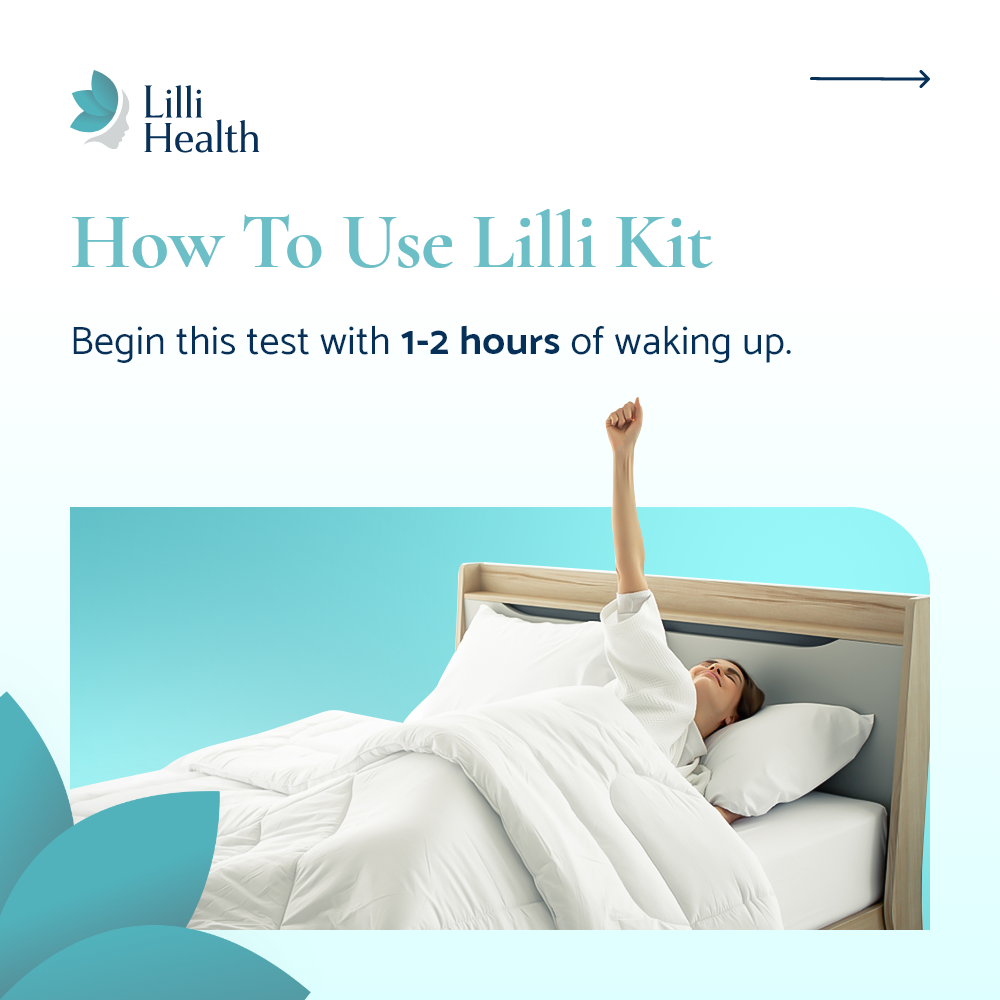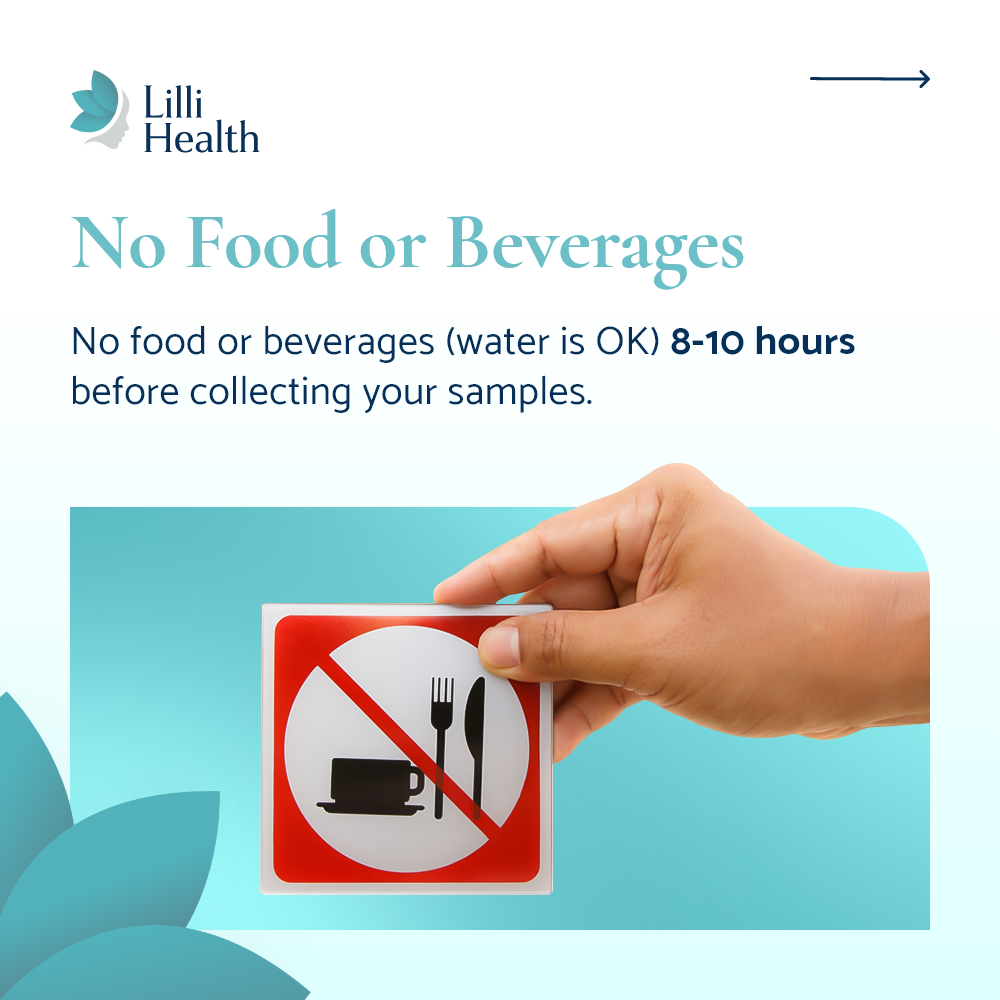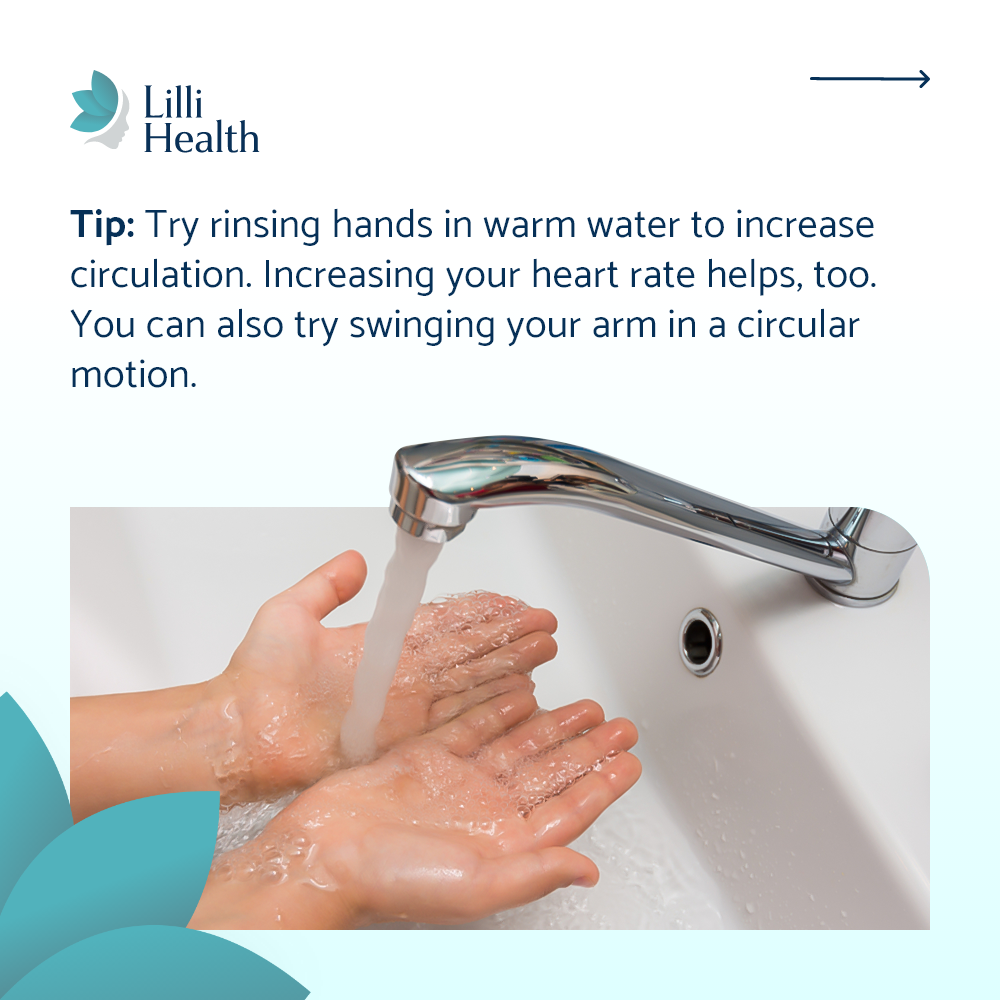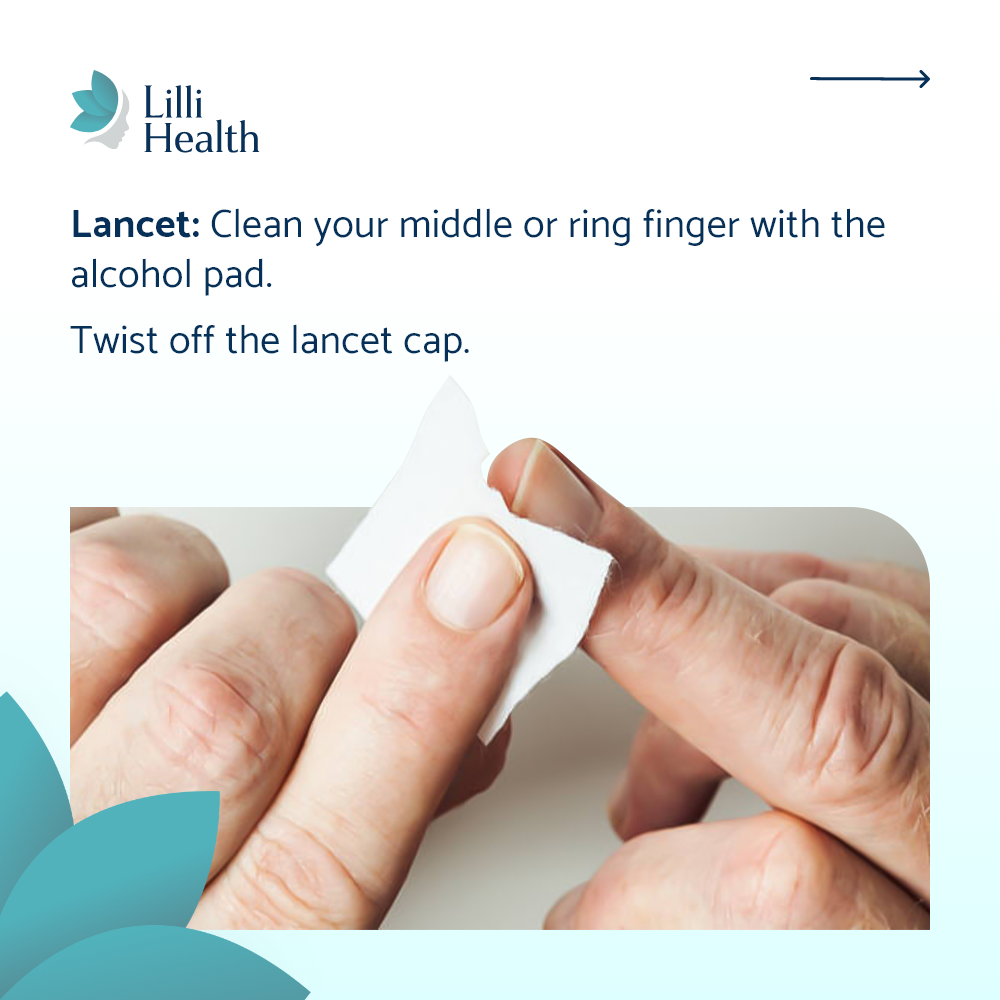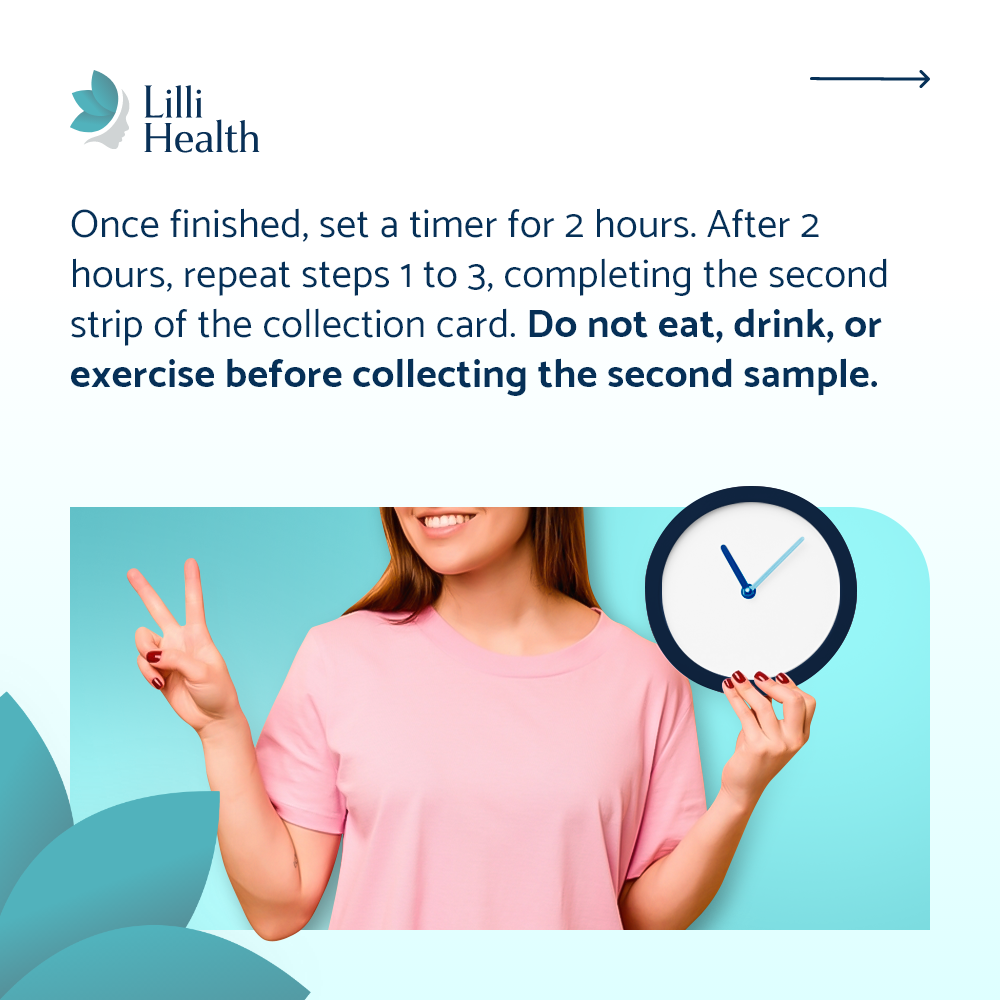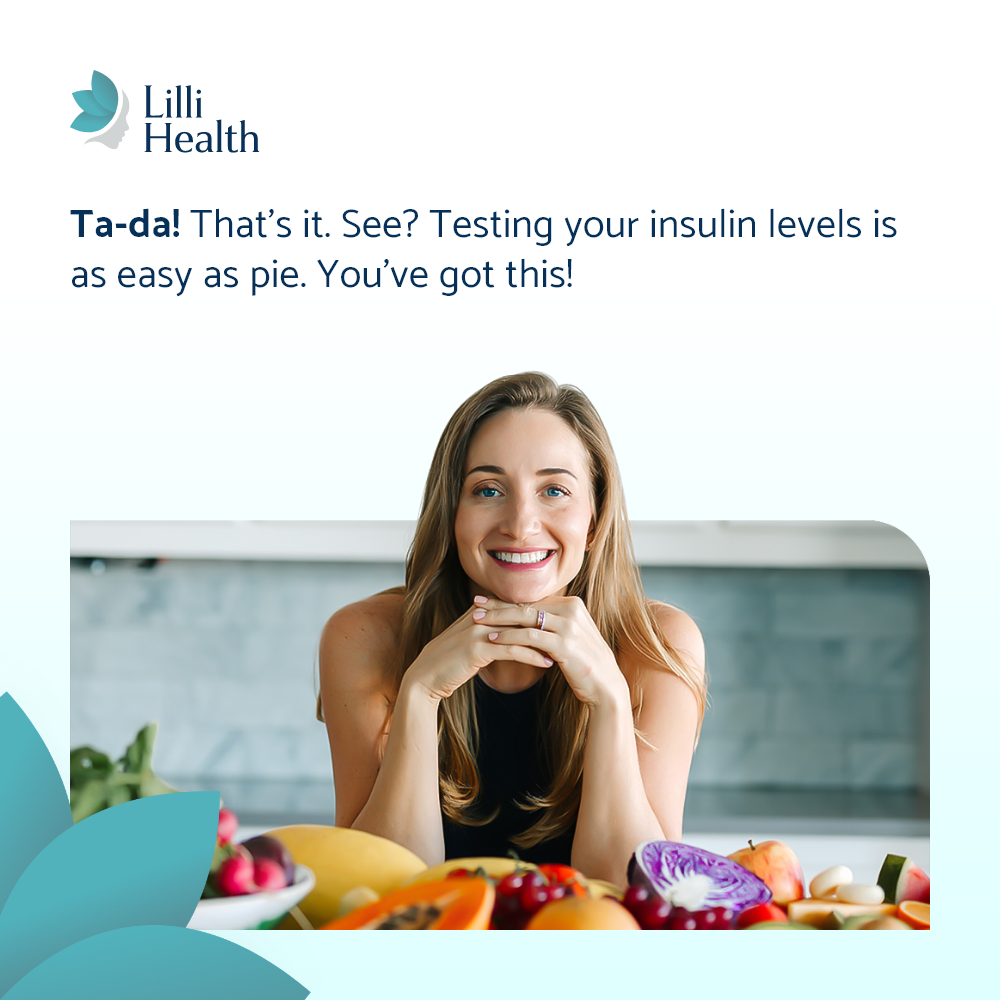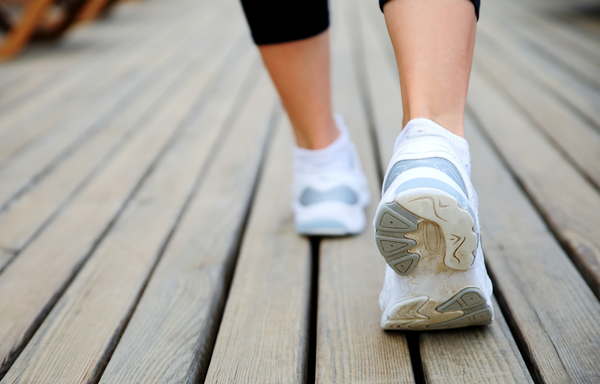

Exercise and PCOS: It’s Not About Weight Loss
For many women with PCOS, the go-to advice from healthcare providers is to “eat less and exercise more.” But if you’ve tried traditional exercise routines without success, you’re not alone. PCOS weight gain is driven by insulin resistance, and if insulin levels remain high, the body will store fat regardless of calorie intake or how much you exercise.
Exercise has incredible benefits for managing PCOS, but it’s not the magic solution for weight loss that many people believe it to be. In some cases, building muscle under existing fat can actually make you feel bigger overall. Instead of focusing on calorie burn, the real goal of exercise with PCOS is to lower insulin levels, improve metabolic health, and support hormonal balance.
How Exercise Impacts Insulin
The most important reason to exercise with PCOS is to help lower insulin levels. Exercise moves glucose into the muscles for energy without the need for insulin, giving the pancreas a break from constantly pumping out more insulin. This improves insulin sensitivity over time, making the insulin you do produce more effective.
However, not all forms of exercise are equally beneficial. Some workouts can actually increase cortisol levels, which in turn raises insulin and worsens PCOS symptoms. Finding the right balance is key.
Best Types of Exercise for PCOS
The most effective exercise for PCOS is one that supports insulin sensitivity, reduces stress, and is sustainable long-term. The goal isn’t to torch calories, it’s to improve the way your body processes insulin and reduce the hormonal imbalances that drive PCOS symptoms.
Walking – Walking is one of the simplest and most effective ways to lower insulin. Unlike high-intensity cardio, walking reduces cortisol levels while still clearing glucose from the bloodstream. Daily walks can help lower insulin levels, reduce stress, and improve overall metabolic health.
Strength Training – Lifting weights or doing bodyweight exercises like squats and lunges helps improve insulin sensitivity by increasing muscle mass. Muscle requires less insulin to take in glucose, making strength training one of the best tools for reversing insulin resistance. The key is to focus on steady, consistent progress rather than pushing for extreme workouts.
High-Intensity Interval Training (HIIT) – Short bursts of high-intensity movement—think five rounds of five to ten burpees—followed by rest periods. This approach can be effective for improving insulin sensitivity, but keeping sessions brief is key. To prevent excessive cortisol spikes, HIIT should be balanced with lower-intensity exercise for a well-rounded PCOS-friendly workout routine.
Low-Impact Exercise
Yoga, barre, and Pilates help regulate stress hormones and support the nervous system while still promoting insulin sensitivity. These exercises also help improve circulation, reduce inflammation, and support muscle tone without overstressing the body.
Why Cardio Won’t Help You Lose Weight
A common misconception is that doing more cardio will lead to weight loss. For women with PCOS, excessive cardio can actually increase cortisol levels, leading to higher insulin levels and increased hunger. Over time, this can make it harder to lose weight or even cause weight gain.
Long periods of intense cardio can also break down muscle, which is the very thing that helps improve insulin sensitivity. Instead of logging hours on the treadmill, focus on a mix of strength training, walking, and lower-impact movement for better metabolic results.
The Truth About PCOS, Exercise, and Weight Loss
Exercise is an essential part of managing PCOS, but it won’t be the reason you lose weight. If insulin levels remain high, the body will continue to store fat, no matter how much you work out. In some cases, gaining muscle under existing fat can make clothes feel tighter, even if body composition is improving.
The key to long-term success is focusing on insulin levels first. Once insulin is under control, the body is better able to access stored fat for energy, and weight loss happens more naturally. Exercise should support this process, not work against it.
How to Build a Sustainable Exercise Routine
Instead of focusing on exercise as a way to lose weight, shift the focus to movement that you enjoy, supports your metabolic health, and feels good to do.
- Walk daily to improve insulin sensitivity and lower cortisol.
- Strength train a few times per week to build muscle and improve insulin function.
- Add in yoga, Pilates, or other low-impact workouts to manage stress.
- Keep high-intensity workouts short and balance them with recovery days.
